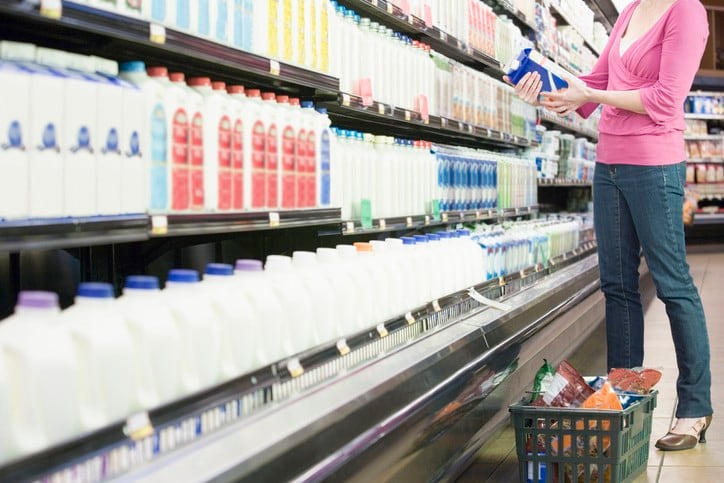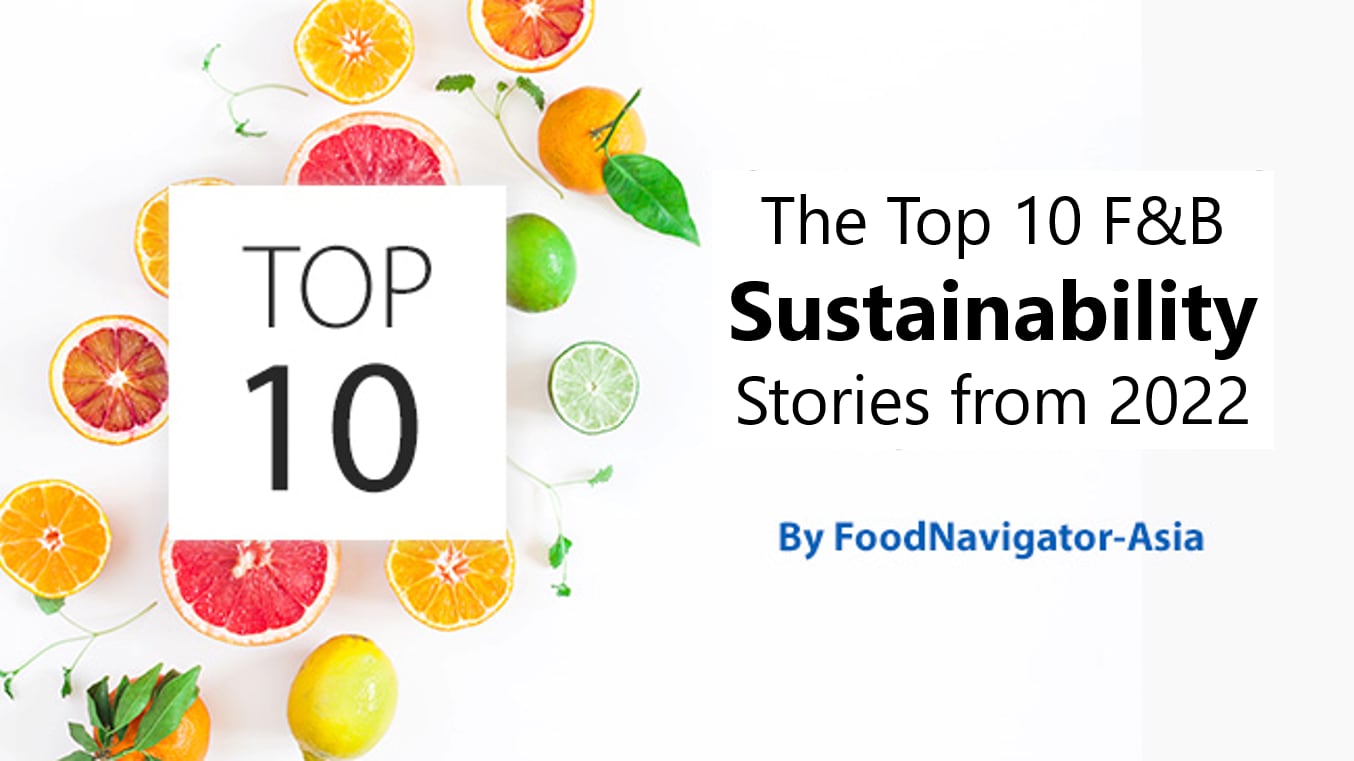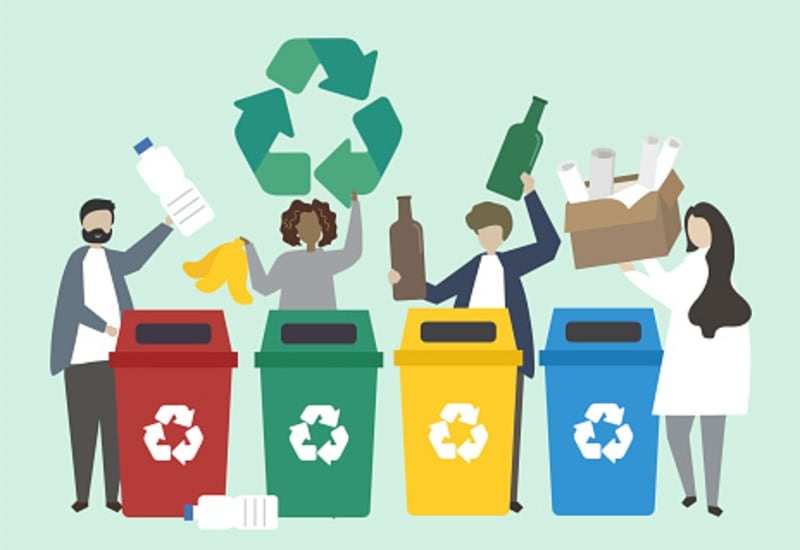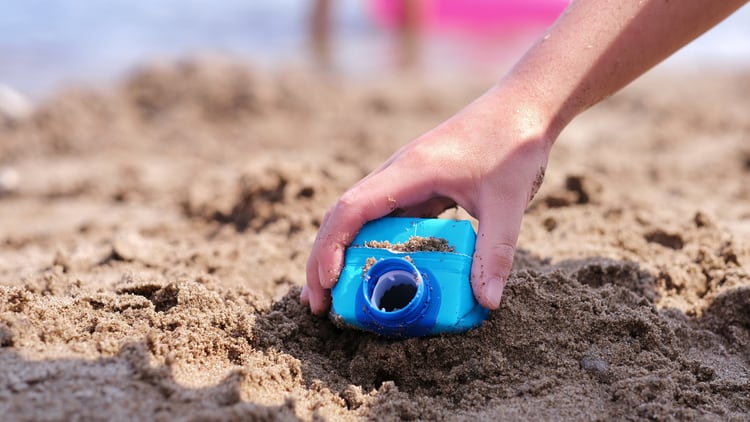While Tetra Pak is best-known for its widely-used beverage cartons, the firm is also firmly entrenched in food innovation and development with a particular focus on the dairy sector in in Oceania business, an area it expects to drive immense growth in the coming year.
The Australia-New Zealand markets work with some 30 billion litres of milk annually, making dairy a very important area of focus here, but its stellar reputation in this area alone may no longer be enough to attract consumers on its own.
“Value-added milk in particular is very much in trend both in APAC and globally, and Oceania has a very strategic advantage when it comes to this sector given its longstanding reputation in dairy,” Tetra Pak Oceania Marketing Director Jaymie Pagdato told FoodNavigator-Asia.
“This value-addition is getting increasingly prominent in ready-to-drink (RTD) dairy products, with many manufacturers responding to consumer demands for more of such products by adding benefits and meeting functional needs.
“This is in turn driven by a focus on healthy ageing and healthy living, with consumers determined to not just leave the focus on health to their golden or senior years but to start immediately – this was boosted strongly by the pandemic which brought all the concerns regarding longevity and immunity and so on into the spotlight.”
In addition to adding beneficial and functional value to milk products, there is also a great deal of research looking at finding better ingredients from milk itself – such as the protein lactoferrin which has benefits in areas like iron absorption and is a commonly-discussed nutrient when it comes to toddler and baby nutrition.
“The search for better ingredients is very much ongoing, there’s always a demand for something new, something better – and at the crux of all this is the demand for longer, healthier, higher quality lives,” Pagdato added.
“At the same time, the demand is also strong for these products to not only be good for the consumers themselves, but also good for the planet, and this is where a lot of innovation is coming in both from the food ingredient and also the packaging side of things.”
From a packaging viewpoint, Tetra Pak has already implemented an average of 75% plant-based or renewable content in all its packaging solutions, and committed to a 2030 goal of developing a solution that is 100% recyclable, renewable and plant-based.
“This means it would be easy to recycle anywhere, and would include innovations such as caps made from sugar cane and a body mostly made from paper,” she said.
“We already have a 100% plant-based packaging, the Tetra Rex, in the chilled sector which is used for Brown’s milk.”
The process of making such a packaging suitable for all climates is no easy task in markets where temperatures fluctuate over the course of the year, as a material that works to properly protect the food or beverage in cold temperatures may degrade somewhat in warmer climates.
“We do know that the summers are getting hotter and the winters are getting colder in a market like Australia, but that there also need to be solutions that can properly meet consumers’ sustainability demands,” she said.
“The challenge lies in ensuring that we never compromise food safety and quality, and this is why it takes many trials and such a long time to develop the right material, as food safety and quality preservation remains the primary purpose of packaging such that the product can reach consumers and provide the right nutrition.”
Plant-based on the rise
Looking at sustainability from a food innovation point of view, Pagdato said there is no doubt that plant-based dairy alternatives are making big waves in the region, particularly when it comes to oats.
“Oats are one of if not the fastest-growing category in plant-based dairy, and is now the second-biggest segment in this industry where previously it was always soy or almond,” she said.
“This region is one of the top 10 oat producers globally which also gives us a good advantage in terms of sourcing and innovating
“We are looking at novel oat processing and extraction solutions which will enhance oats’ existing main value proposition of a better taste profile.”
Oats are expected to experience particularly accelerated growth in the café scene due to its suitability for blending with coffee, as evidenced by the emergence of multiple types of oat lattes and other coffee-based beverages in various chains from Starbucks to Coffee Bean.
Overall, the plant-based sector is seen as being propelled by a rise in the middle class population in the region, as well as an increase in women in the workforce looking for healthier RTD beverage alternatives customized to their needs.





